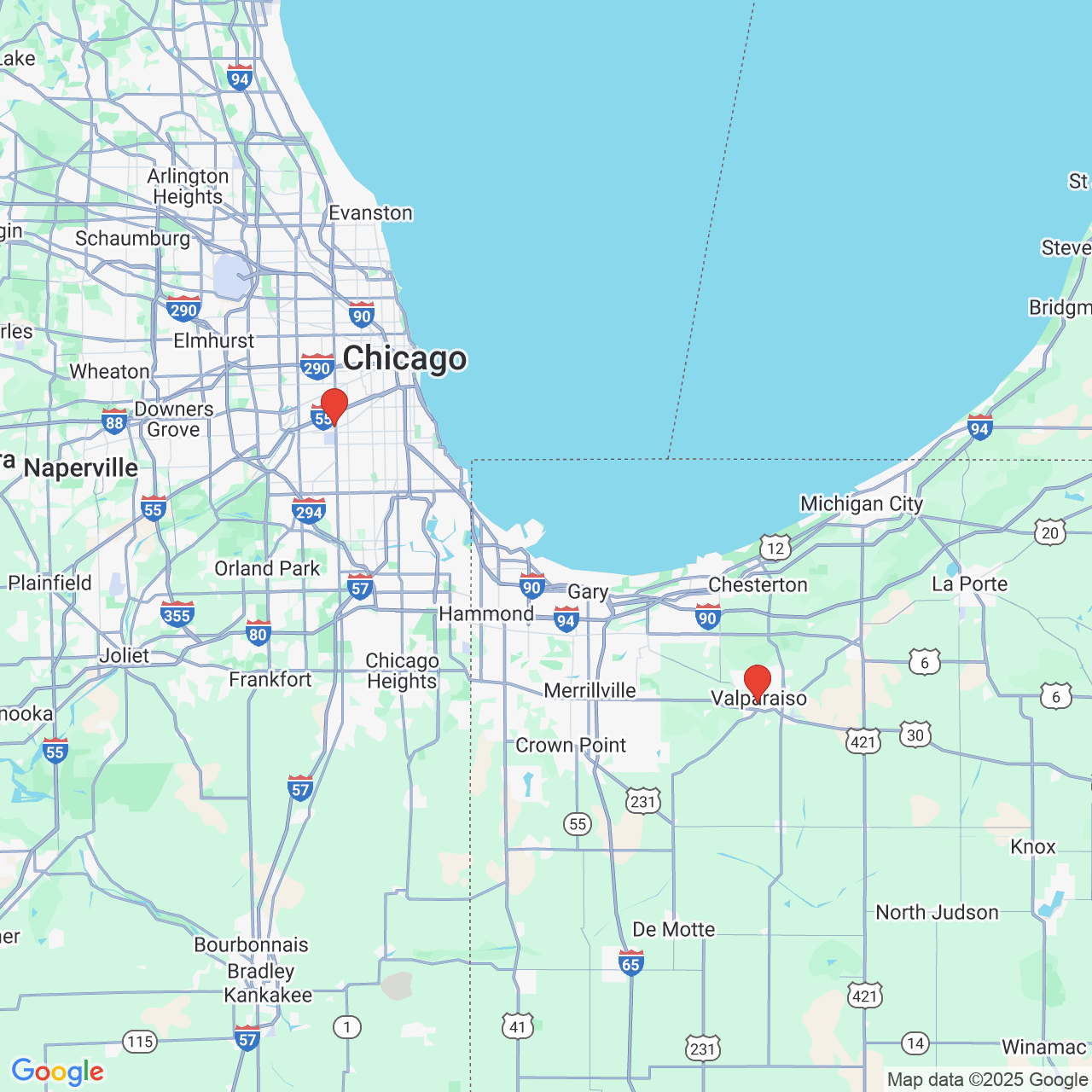
Vision Therapy
Childhood Vision Problems They Are More Common Than You May Realize
Working With Young Patients Unique Family Vision Needs
/
Children are not always vocal or eloquent when explaining their visual problems. The team at our Chicago practice loves working with children and teens. We will build trust and rapport so your child feels comfortable sharing their feelings and experiences with us.
Color Blindness Correction
What Is Color Blindness?
Color blindness is a color vision deficiency. Red-green color blindness is the most common and includes red-blindness/weakness (protanopia/protanomaly) and green-weakness/blindness (deuteranomaly/deuteranopia). Blue-yellow color blindness (tritanomaly) can also occur but is rare.
Why Does Color Blindness Happen?
Color blindness occurs when light-sensitive cells of the retina fail to respond to wavelength variations that help a person properly see colors. Poor color perception can be caused by eye injuries, nerve or brain damage, family history, or exposure to certain toxic chemicals.
What Are Common Treatment Options?
Specially tinted contact lenses and eyeglasses can improve your perception of certain colors. Assistive devices can also be helpful with color vision issues. Though the condition cannot be cured, our team can work with you to develop habits that make color blindness more manageable.
Learn More About Vision Therapy Contact Primary Eye Care Associates
Vision issues in childhood can lead to visual impairment early and later in life. It's important that you bring your child to Primary Eye Care Associates if they experience any vision-related setbacks in school or at home. We individualize all treatments and therapies to the patient's needs.
Using advanced technology and the latest techniques in vision therapy, we can improve eyesight and enhance self-esteem. We want children with vision problems and adults who need therapy for their eyesight to feel welcome whenever they're here.
To learn more about therapy for different visual issues, contact our vision practice online. You can also reach our office by phone. We are located in Garfield Ridge near Chicago Midway International Airport.
Call for Vision Treatment
(773) 735-6090

An Optometrist Using the Latest in Vision Therapy Proudly Helping Patients Throughout Chicago
Everyone was very helpful and welcoming. Joslyn was super nice and helpful while picking glasses! Really appreciated her help along with Kathy. Both awesome girls!
View On GoogleVery friendly staff the doctors are very thorough with the exam. Great selection of eye glasses and sunglasses. Definitely recommend this practice for the entire family.
View On GoogleThe 20-20-20 Rule Easy Eye Care Tips
/
To reduce eyestrain when using a device with a screen for an extended period, we recommend the 20-20-20 rule. It's easy: Every 20 minutes, look away from the screen for 20 seconds and focus on an object about 20 feet away. This will rest your eyes and give your blink rate a chance to reset.
How Common Is Lazy Eye? Let's Look at the Numbers
Crossed Eyes and Lazy Eyes Identifying Visual Issues and Vision Problems
The terms crossed eyes and lazy eye are used interchangeably, yet they refer to different types of conditions. As part of our therapy for visual issues, the team at Primary Eye Care Associates can treat both amblyopia and strabismus.
Amblyopia
Commonly known as lazy eye, amblyopia is when the brain relies on visual information from one eye rather than both. This causes the dominant eye to become stronger while the other eye becomes weaker. Amblyopia may be more common in children who were born premature, born at a low birth weight, have a family history of vision problems, or are developmentally disabled.
Symptoms of Amblyopia
- Squinting in order to see
- Covering one eye for clearer vision
- Tiling one's head to see better
Therapy for Amblyopia
The optometrist can recommend eye exercises for amblyopia patients to strengthen the weaker eye. This vision therapy involves the use of an eye patch worn over the stronger eye. With the stronger eye covered, the brain must rely on the weaker eye, gradually improving its strength.
In addition to vision therapy eye exercises, drops may be used to temporarily weaken the stronger eye. This also forces the brain to rely on the weaker eye.
Did You Know...
/
According to the American Association for Pediatric Ophthalmology & Strabismus (AAPOS), approximately 4% of people in the United States have strabismus.
Strabismus
Also known as crossed eyes, strabismus is when the eyes do not properly align. Common types of strabismus include inward turn (esotropia), outward turn (exotropia), upward turn (hypertropia), downward turn (hypotropia).
Strabismus can lead to amblyopia in children depending on the nature of the visual misalignment.
Causes of Strabismus
Strabismus is usually caused by abnormal neuromuscular control of the eyes. It's usually congenital, although it can also be caused by head injuries, stroke, and brain tumors.
Therapy for Strabismus
Vision therapy options for strabismus include the use of prism lenses. Prism lenses can bend the light that enters the eye, reducing the amount of turning of the eye. Eye patches can also enhance eye control over time. If conservative approaches are ineffective, surgery of the eye muscles may be recommended.
We Help Chicago See Reviews From Past Vision Therapy Patients
They are so friendly and helpful! I was having issues with my eyes for months and I came here. A week later my eye issues are almost gone! I’m also very pleased with the social distancing practices.
View On GoogleDr. Chander and staff were very professional and knowledgeable. They explained every step of our experience clearly and were very patient with our questions. Excellent place. Thank you all.
View On Google







